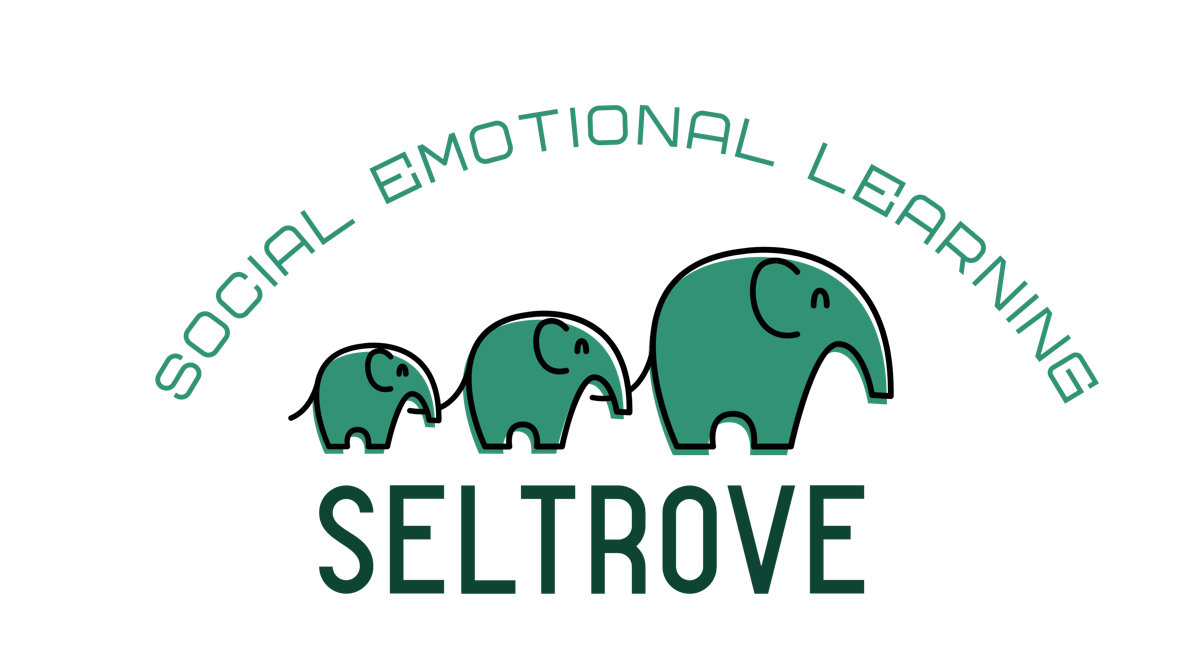Let’s say you are teaching a new unit on short stories and decide to put your students in small groups so each group can read and then investigate a short story, and the elements that make up a story. Your goal is at the end of the activity the groups will share their information and together you will all be able to create a structure that encompasses most short stories -- thereby teaching story structure.
This learning activity is aligned to SEL since students have the opportunity to work collaboratively, work on communication skills, and problem-solve together (which is all Relationship Skills from the CASEL framework). Students also are developing social awareness by taking others’ perspectives and identifying social norms of group work. Students are also working on self-awareness and self-management as they navigate their role in the group setting and advocating for themselves and building emotional competencies. And finally, students are using their responsible decision-making skills by anticipating and evaluating consequences when in a group dynamic.
Notice in this scenario, the teacher’s teaching style is very conducive to SEL. By creating an activity that is most natural for them, they are developing all five CASEL competencies and building their emotional learning skills. The teacher now can explicitly tell students some of the skills they are working on during this activity, while also being cognizant of issues and helping students to resolve these issues amongst themselves.
If your teaching methods fall more along the lines of lecturing, individual work, and testing, you may have more work to do to incorporate SEL into your school day. While these teaching activities can also be beneficial, you should begin reflecting on ways to make your lessons more SEL-aligned by incorporating more opportunities for students to use an inquiry-based approach.
